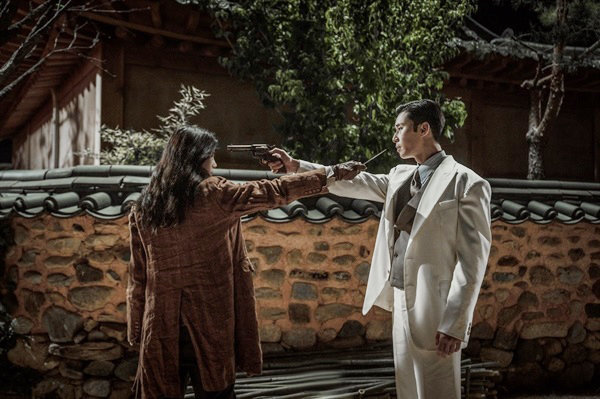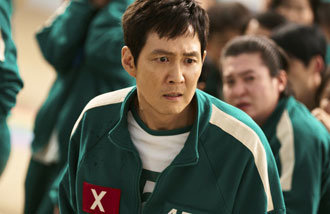'Gyeongseong Creature' sparks mixed reactions
'Gyeongseong Creature' sparks mixed reactions
Posted December. 27, 2023 08:14,
Updated December. 27, 2023 08:14

Netflix unveiled its year-end blockbuster series, "Gyeongseong Creature," on Friday. This K-creature drama is set in the 1940s Gyeongseong, now modern-day Seoul, and stars Korean actors Park Seo-joon and Han So-hee. The production budget for the first and second seasons reportedly reached a staggering 70 billion Korean won, adding to the series' anticipation. Since its release, the show has received mixed reviews—some criticize its improbable screenplay and underwhelming performances, while others praise its compelling narrative.
"Gyeongseong Creature" unfolds the tale of Jang Tae-sang (played by Park Seo-joon), a pawnshop owner, who stumbles upon human experimentation in the Japanese military-run clinic's basement. Meanwhile, Yoon Chae-ok (played by Han So-hee) searches for missing individuals. The duo joins forces to confront the creature born from these experiments while striving to liberate those confined in the underground. Infused with romance, the series blends diverse genres, including period drama, romance, and creature narrative.
Its screenplay is penned by Kang Eun-gyeong, known for works like Baker King Kim Tak Goo (2010) and the TV series Romantic Doctor Kim Sabu. The production team meticulously crafted a sprawling 15,000-square-meter set to recreate 1940s Gyeongseong, authentically drawing inspiration from period photographs. Every detail, from street lights and utility poles to store signs, was replicated in life-size dimensions for added realism. Notably, emphasis was placed on the residence of modern figure Tae-sang, manager of Gyeongseong’s No.1 pawnshop, featuring vivid wallpapers and elegant chandeliers, evoking a small European castle ambiance. Playing the Gatsby of Korea's ancient Joseon Dynasty, Tae-sang dons sharply tailored suits with oversized collars, embodying the gentleman’s confidence of the era. Contrastingly, the Ongseong Clinic, the backdrop for ongoing experiments, is designed to exude darkness and fear, transforming the setting into a monstrous creature itself.
The series proves captivating, earning an impressive 86% on Rotten Tomatoes for its freshness and an 84% audience popcorn index. Local critiques, consisting of many of its harsh reviews, are largely attributed to heightened expectations from Korean viewers. The initial pace is slow, and tension builds rather too gradually, with the creature revealing itself entirely only in the fourth episode of the ten-part Season 1. While visually striking, the opulent set may give off a slightly artificial feel. While the series might have fared well on traditional terrestrial or cable TV channels, it faces stiffer competition, with viewers comparing it to exceptionally well-produced shows like Squid Game and Moving. Fortunately, momentum builds toward the season's conclusion, and Netflix strategically divides Season 1 into two parts, releasing Episodes 1 through 7 first, with the remaining episodes (8 to 10) set to be unveiled on January 5, 2024. Anticipate the second season airing later in 2024.
Ji-Sun Choi aurinko@donga.com







